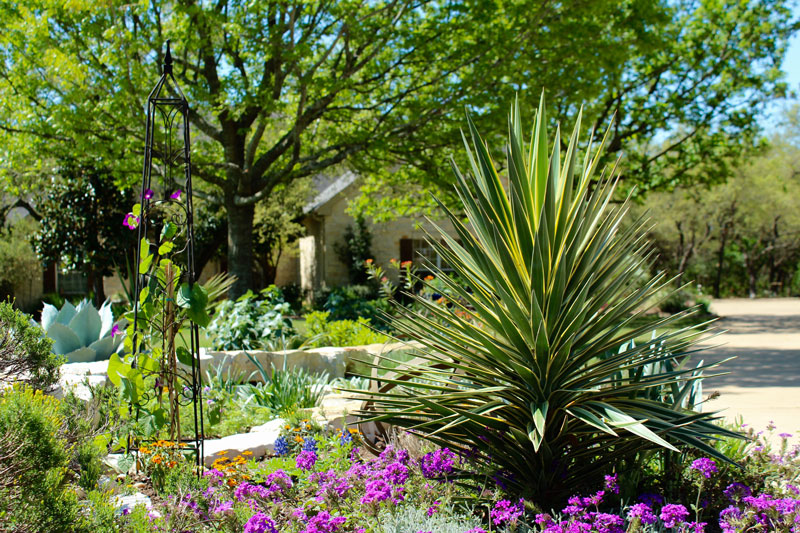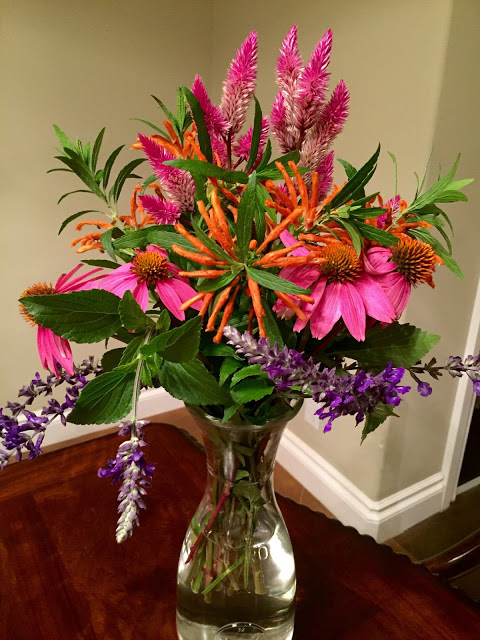In a Vase on Monday — still cheerily waiting for winter…
While our nights are now close to freezing temps, we still haven’t hit the hard 32 here at our house yet. My dad was here today and returned the vase from the bouquet of garden flowers I took them a few weeks ago.
Since it was a beautiful, sunny day here (60F) and there are still blooms in the garden, I refilled the vase and sent it back again – with flowers!
Today’s arrangement included lion’s tail, coneflowers, indigo spires salvia, celosia, rosemary and duranta seeds.
To see what other gardeners are putting in their vases, visit Cathy at Rambling in the Garden.


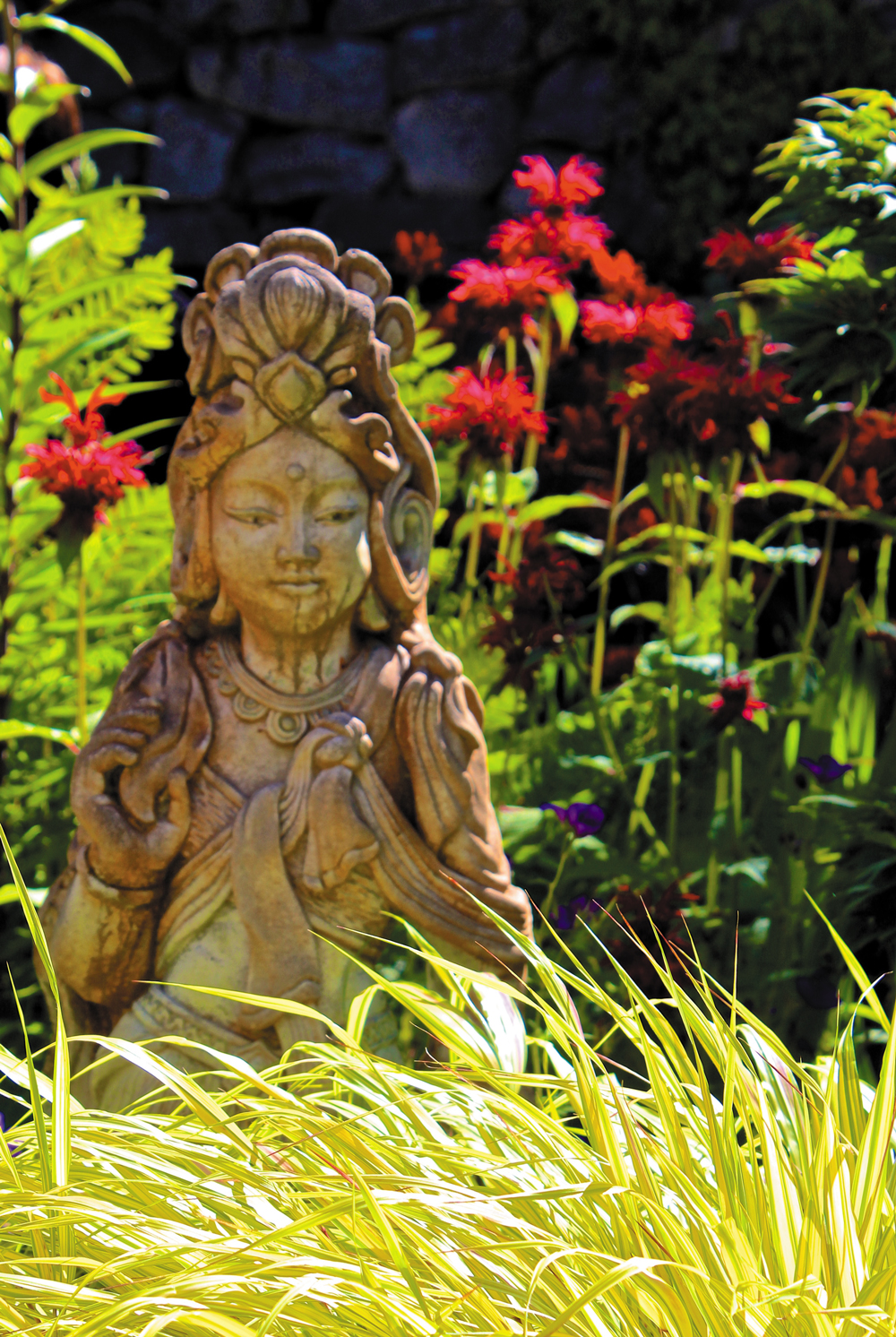
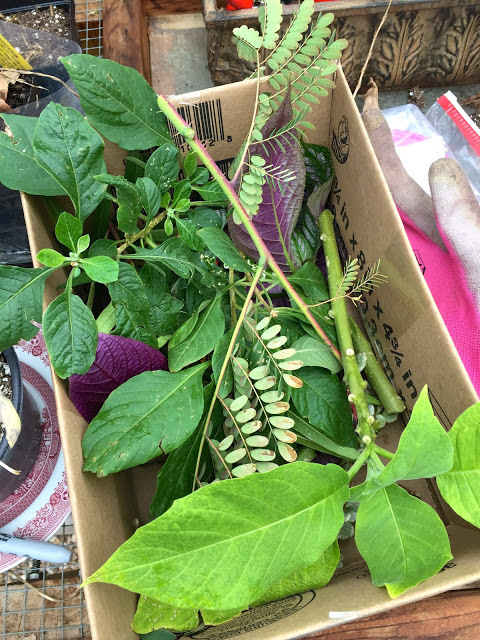
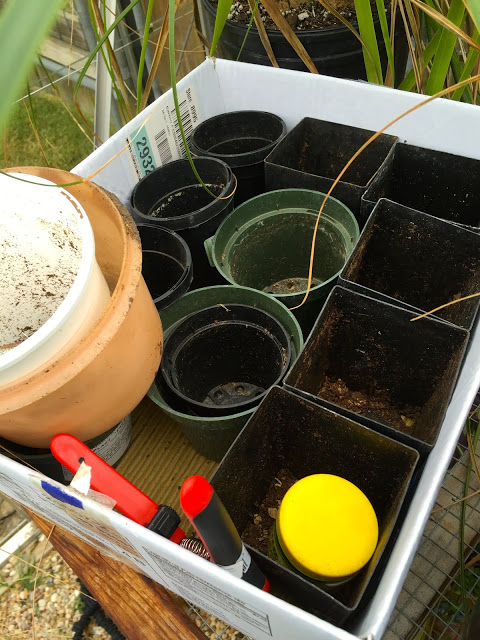
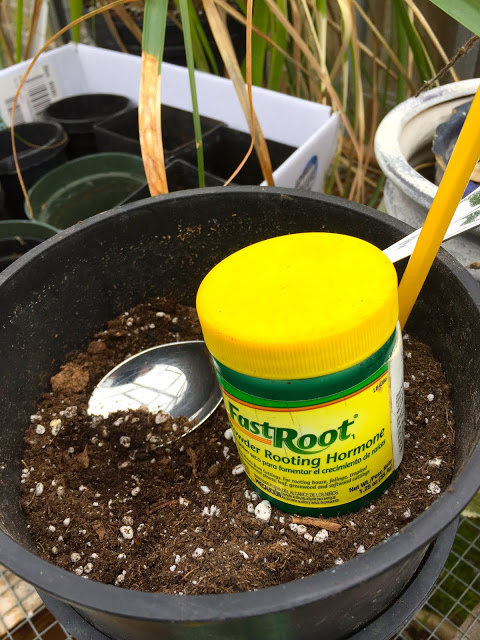

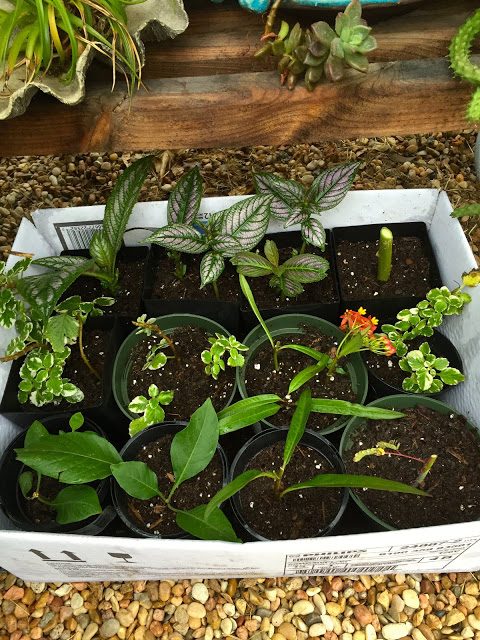
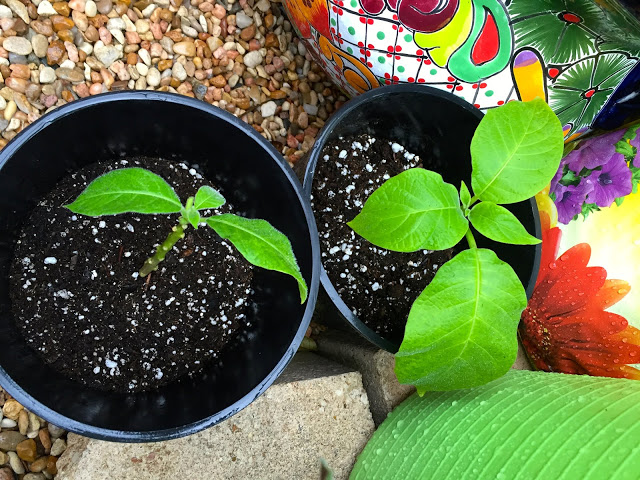
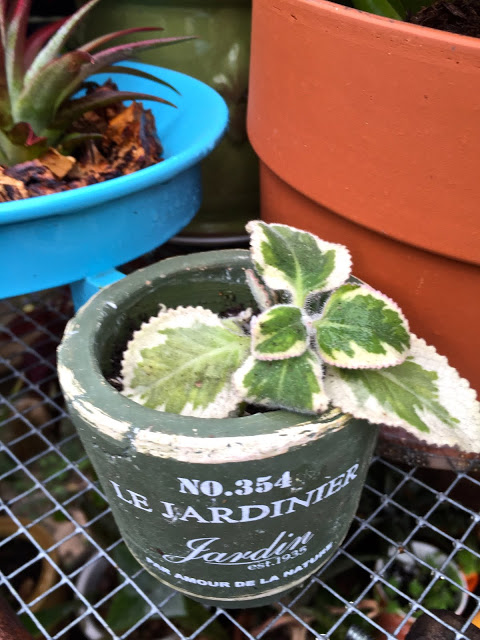
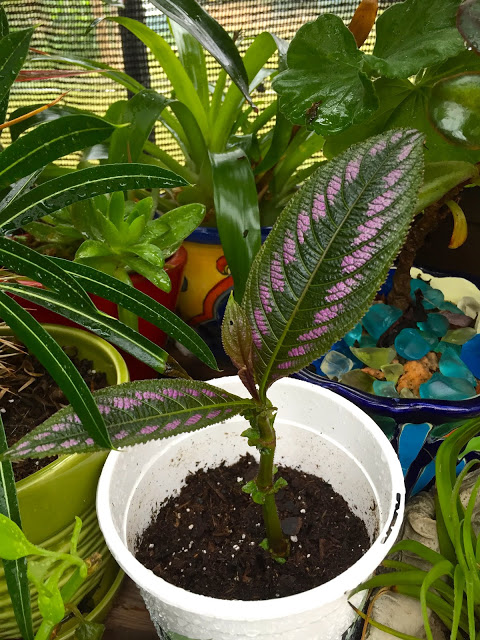
 Gardens inspire us, they provide spaces for family and friends to gather, and they ARE the proven curb appeal icing that raises our property values.
Gardens inspire us, they provide spaces for family and friends to gather, and they ARE the proven curb appeal icing that raises our property values.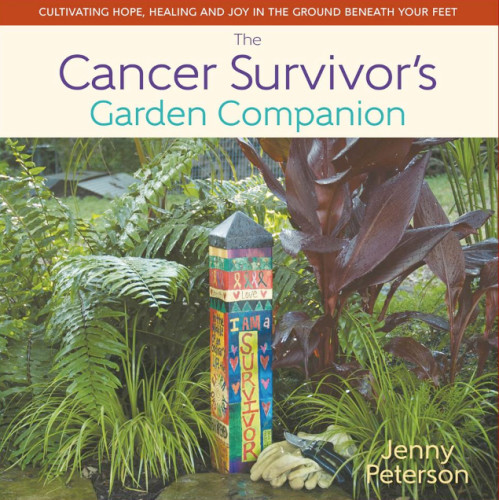 My fellow friend and gardener, Jenny Peterson, a cancer survivor, recently wrote a book chronicling her journey back from illness, highlighting how her connection with gardening helped her through tough times. In The Cancer Survivor’s Garden Companion, she credits her garden with clearing the mental fog of “chemo brain’ and helping her overcome pain, depression and physical limitations.
My fellow friend and gardener, Jenny Peterson, a cancer survivor, recently wrote a book chronicling her journey back from illness, highlighting how her connection with gardening helped her through tough times. In The Cancer Survivor’s Garden Companion, she credits her garden with clearing the mental fog of “chemo brain’ and helping her overcome pain, depression and physical limitations.